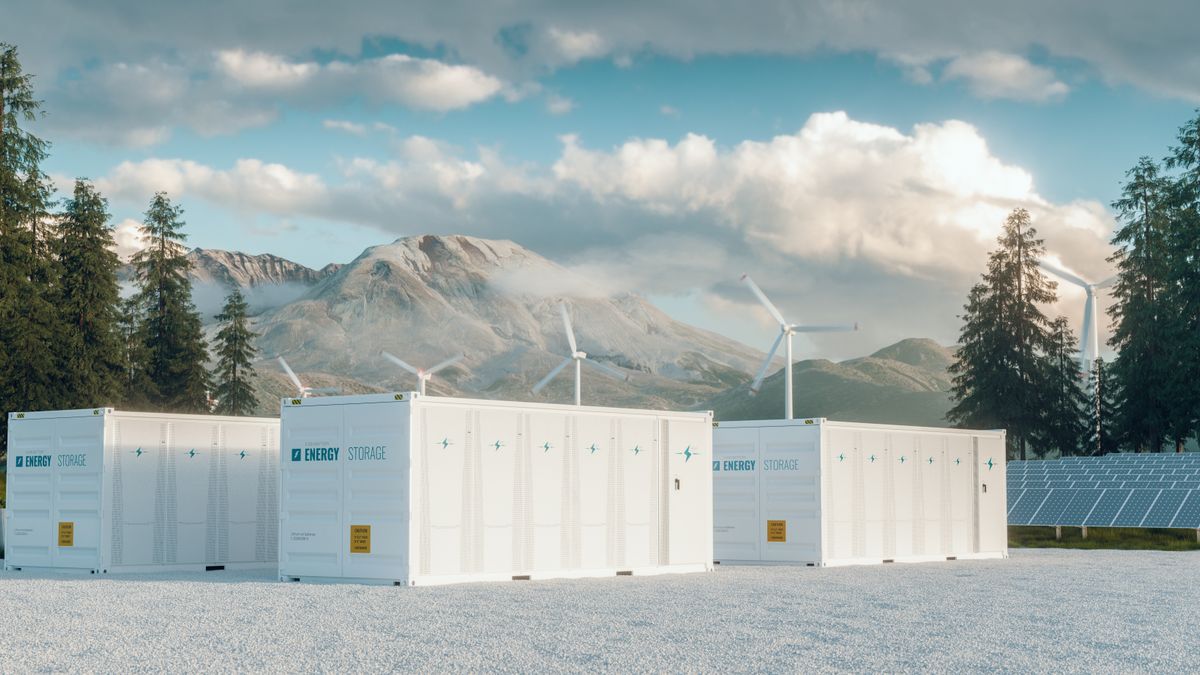
The Clean Power Alliance has approved a 15-year power purchase agreement with NextEra Energy Resources for a 75 MW long-duration stand alone energy storage project, the Los Angeles power provider announced Friday.
The project at NextEra’s Desert Sands Energy Storage facility in Riverside County, California, will begin storing and discharging energy in June 2026, CPA said. The project marks CPA’s first executed contract incorporating eight-hour storage; many of its other battery storage projects incorporate four-hour battery technologies.
CEO Ted Bardacke said moving to eight-hour storage discharge capability from four will result in “increased resilience and reliability” for CPA’s Southern California customers “as we transition to higher levels of renewable energy supply.” The Desert Sands project will be able to power over 96,000 homes for eight hours daily, CPA said.
With an energy supply portfolio providing several types of intermittent resources, CPA is one of the largest purchasers of energy storage in California, the company said.
In June 2021, the California Public Utilities Commission, or CPUC, required load-serving entities such as CPA to increase capacity procurement to address mid-term reliability concerns. CPA was required to procure 679 MW of reliable capacity between 2023 and 2026, including 59 MW of long-duration storage by 2026.
With the Desert Sands project, CPA has satisfied that storage requirement several years early, it said.
Julian Gold, CPA’s Board chair, said last summer’s extended heat wave in California was a “powerful reminder as to why long-duration storage projects such as this are critical in building resilient communities.”
The CPUC in February ordered load-serving entities to procure an additional 4 GW of Net Qualifying Capacity in addition to the 11.5 GW it ordered in June 2021. The additional procurement for 2026 and 2027 is in response to the “increasing and accelerating impacts of climate change” and updated load forecasting from the California Energy Commission that suggests electricity demand is increasing and will continue to increase since its 2021 decision, the CPUC said.
The additional capacity also accounts for anticipated retirements of fossil-fueled generation resources and the likelihood previously authorized long-lead time resources will need more time to be brought online, the commission said.